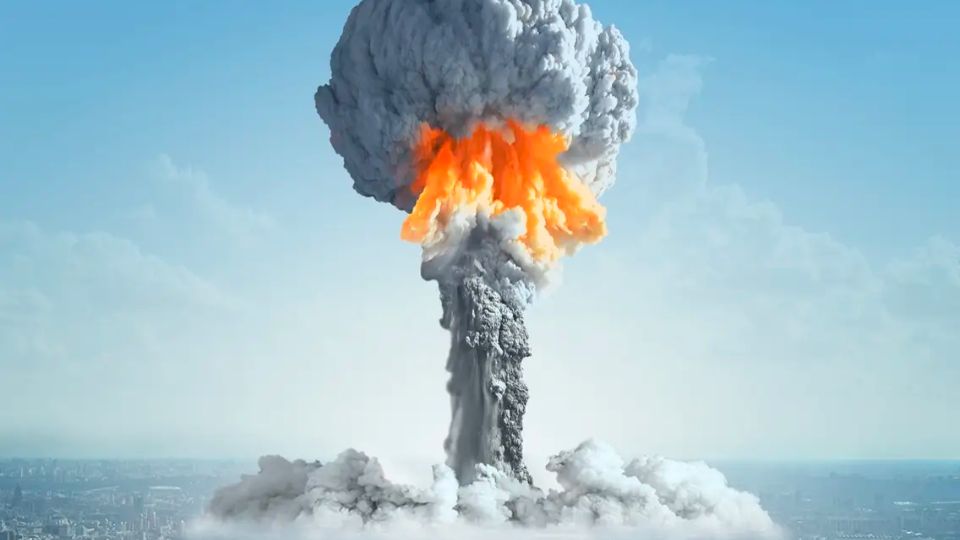Most people want to avoid the grim specter of nuclear conflict. However, given the current tensions between the US and Russia due to the conflict in Ukraine, there are growing concerns about the possibility of nuclear strikes targeting US cities. This post explores the factors that impact target selection and focuses on cities that are at a higher risk.
Factors that Impact Target Selection
There are various factors that influence the selection of cities to be targeted in a nuclear war:
- Significance: Cities that house critical military, political, economic, or industrial assets, such as nuclear facilities, military bases, financial centers, or energy plants, are highly sought-after targets.
- Population Density: Urban centers with large populations present considerable risks in terms of casualties. Cities that house millions of residents, tourists, or commuters are often considered high-value targets.
- Geographic Features: The locations of cities near coasts, rivers, lakes, or mountains can have an impact on the effects of a nuclear strike, such as altering blast, fallout, or firestorm effects.
- Retaliation Capability: Cities that possess counterattack systems like ICBM silos, submarines, or bombers can act as deterrents or threats.
Cities with a high level of vulnerability
Given these factors, there are specific cities that are considered to be more vulnerable to nuclear attacks:
- New York, NY: With its status as a global financial and cultural hub, along with its iconic landmarks and coastal location, New York is exposed to heightened risks.
- Washington, DC: With its status as the US capital and a hub for politics and military operations, Washington is a prime target due to its significant symbolic and strategic importance.
- Located on the beautiful Pacific coast, Los Angeles is a bustling hub of entertainment and economic activity. However, it is important to be aware of the potential risks of tsunamis and firestorms in the area.
- Chicago, IL: Located near Lake Michigan, Chicago is a major transportation and industrial hub, making it an important target.
- Houston, TX: Renowned for its energy and medical sectors and situated in close proximity to the Gulf of Mexico, Houston encounters heightened vulnerabilities due to hurricanes and floods.
- San Francisco, CA: Located along the San Andreas Fault, San Francisco faces the challenges of earthquakes and landslides due to its unique geographical position.
- Boston, MA: Located near the Atlantic Ocean, Boston is known for its rich history and educational opportunities. However, its proximity to the coast also increases its vulnerability to certain risks.
In conclusion
Although certain cities like New York, Washington, Los Angeles, Chicago, Houston, San Francisco, and Boston are considered potentially high-risk, it’s important to remember that no city in the US is completely safe from nuclear threats. Choosing targets depends on a range of factors, such as the strategies and capabilities of the attackers. Therefore, it is crucial to acknowledge the dangers of nuclear conflict and take steps to protect ourselves and our communities.



Leave a Reply